Wild Jester
Wild Jester
Jul 24, 2025
20.52 MB
1.46.1.98471
7.0
100,000+
Description
Contents
- 1 Wild Jester () Origin and Development
- 2 The status and role of the Wild Clown in entertainment culture
- 3 Wild Clown Art: Forms and Characteristics
- 4 Citation Analysis: Renowned critic’s commentary on the Wild Clown
- 5 List: Representative Characters and Stories of the Wild Clown in Different Cultures
- 6 Table: Comparison Analysis of Wild Clown Characters and Mainstream Comedic Roles
- 7 Common FAQs: Myths and Facts About Wild Clownfish
The Wild Jester, as a unique form of comedy artwork, transcends time and space, delving deep into numerous cultures. this text will explore the artistic expression, role definition, and international have an impact on of the Wild Jester, and could monitor the rich connotations and misconceptions of this creative photo via lists, tables, and frequently requested questions.
Wild Jester () Origin and Development
- The origins of the Wild Clown can be traced again to the courtroom enjoyment of the center ages, when the position changed into known as the “fool.” through the years, this individual step by step moved from the court docket to the streets, becoming a part of road performers.
- The Wild Clown draws countless audiences with its exaggerated costumes, comical gestures, and funny performance style. in the Enlightenment of the 18th century, the image of the clown was further endowed with the function of critiquing social injustice and satirizing cutting-edge ills.
- The artistic expressions of the Wild Clown are numerous, including mime, circus, and puppetry. Its feature lies in improvisational overall performance, interaction with the target market, often conveying emotions thru exaggerated body language and facial expressions.
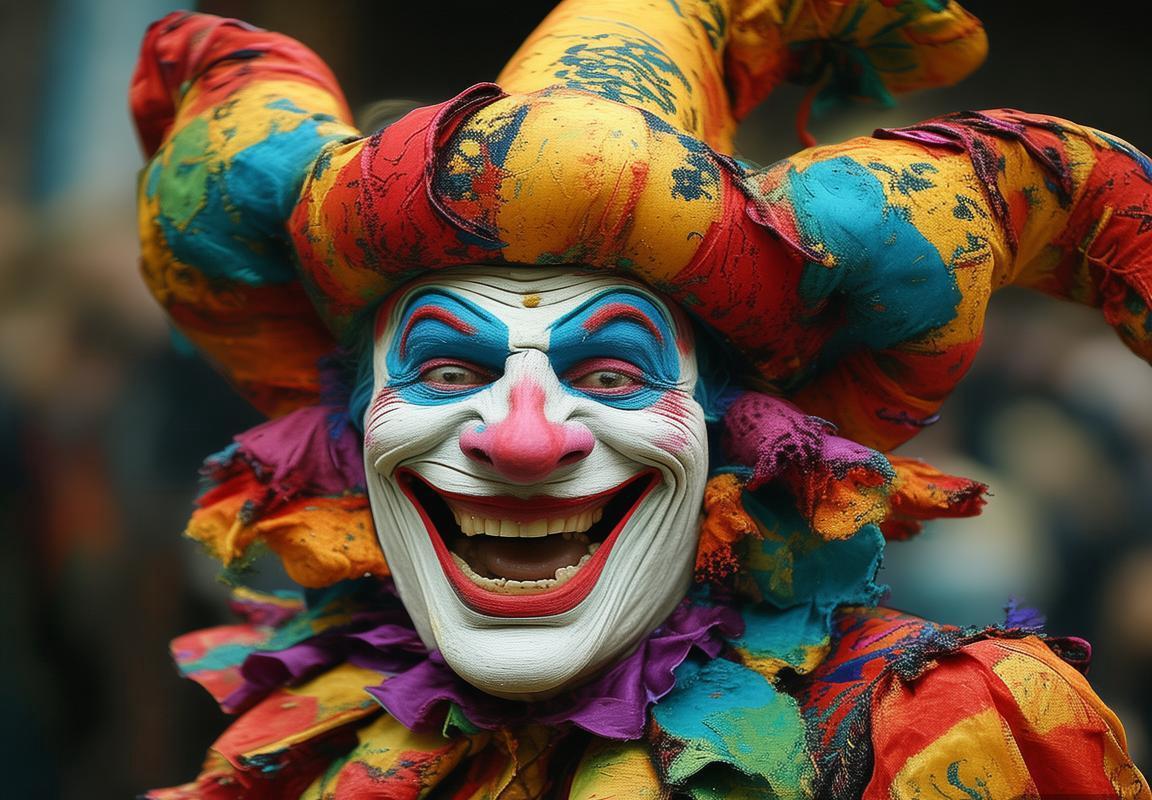
four. “within the art of comedy, the clown is a symbol of breaking the policies.” – John Peter Trapp, a famend theater critic.
- listing:
- The “clown” man or woman in Goldoni’s Italian comedy
- shaggy dog story characters in Shakespeare’s works
- The traditional “white clown” in Russian circuses
- table:| position kind | performance fashion | consultant character ||———–|——————-|————————–|| Wild Clown | Exaggerated humor | Johnny Wilde || advantageous Clown | optimistic and uplifting | Papayon || poor Clown | Tragic and satirical | Marsellos |
- not unusual Questions and solutions:
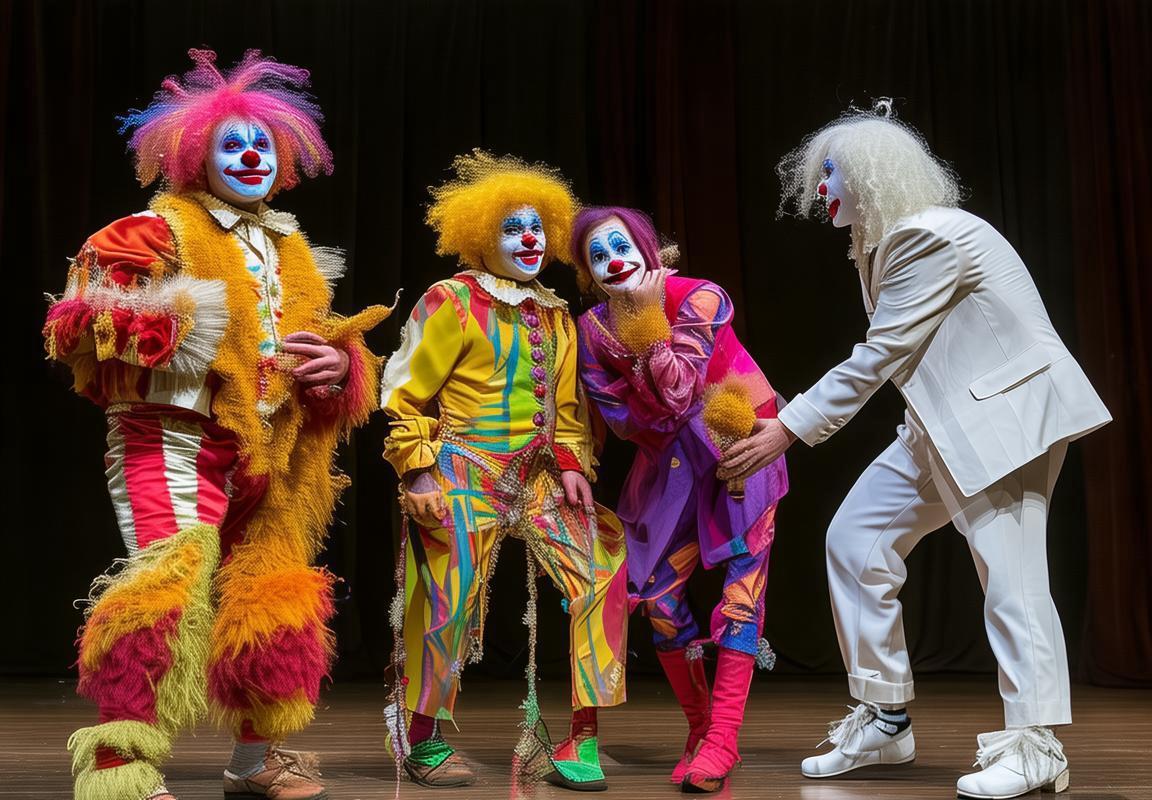
- Q: what’s the distinction among a Wild Clown and a everyday clown?
- A: The Wild Clown places greater emphasis on improvisational overall performance and interaction with the audience, whilst a normal clown may also recognition extra on constant comedic exercises.
The status and role of the Wild Clown in entertainment culture
inside the realm of leisure subculture, the Wild Jester is not best a device for leisure however additionally a image. They normally play comical and exaggerated roles, captivating hearts with their precise sense of humor and rebellious spirit. here are a few key positions and roles of the Wild Jester in amusement lifestyle:
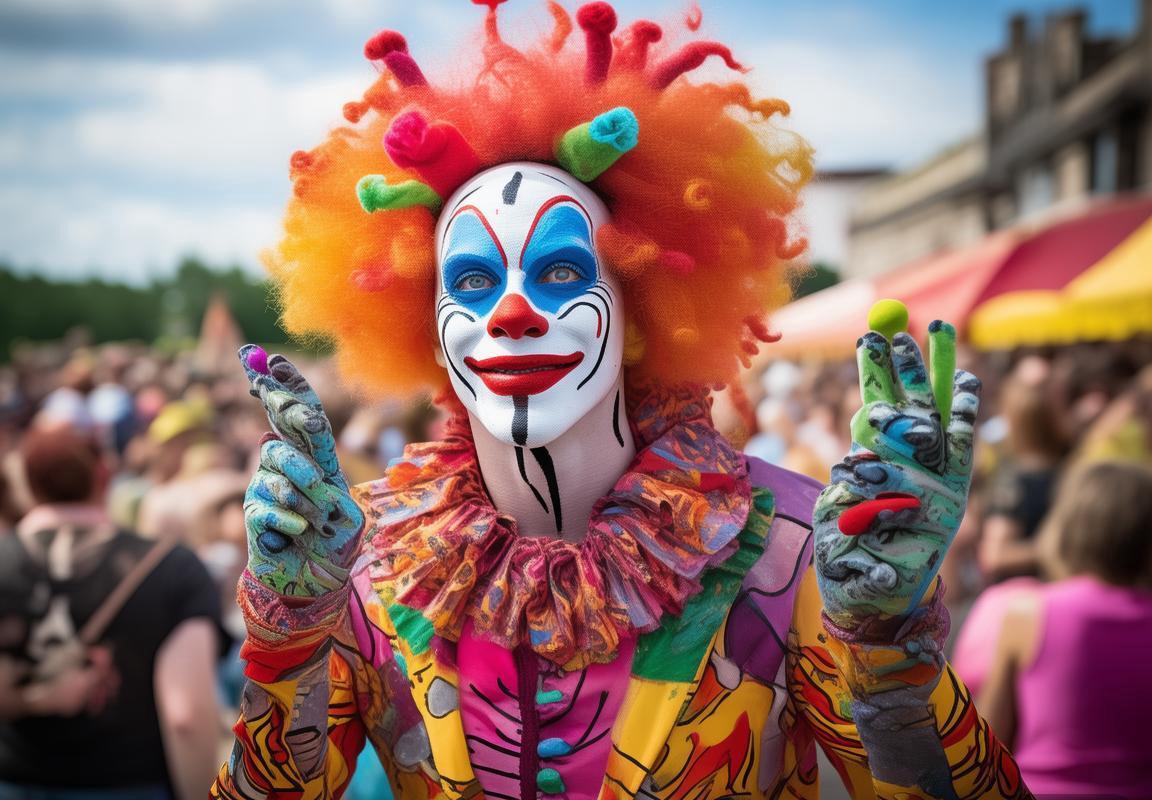
- Soul of Comedy: In comedic performances, the Wild Jester regularly serves because the core of humor, bringing joy to the target market with their slapstick movements and improvisational performances.
- Social Critic: Many Wild Jesters use exaggerated performances to satirize and criticize social phenomena of the time, turning into catalysts for social change.
- Cultural symbol: In distinct cultures, the image of the Wild Jester varies, including the “clown” in China, the “comedian” within the uk, and their images are deeply ingrained in people’s minds, turning into a part of the tradition.
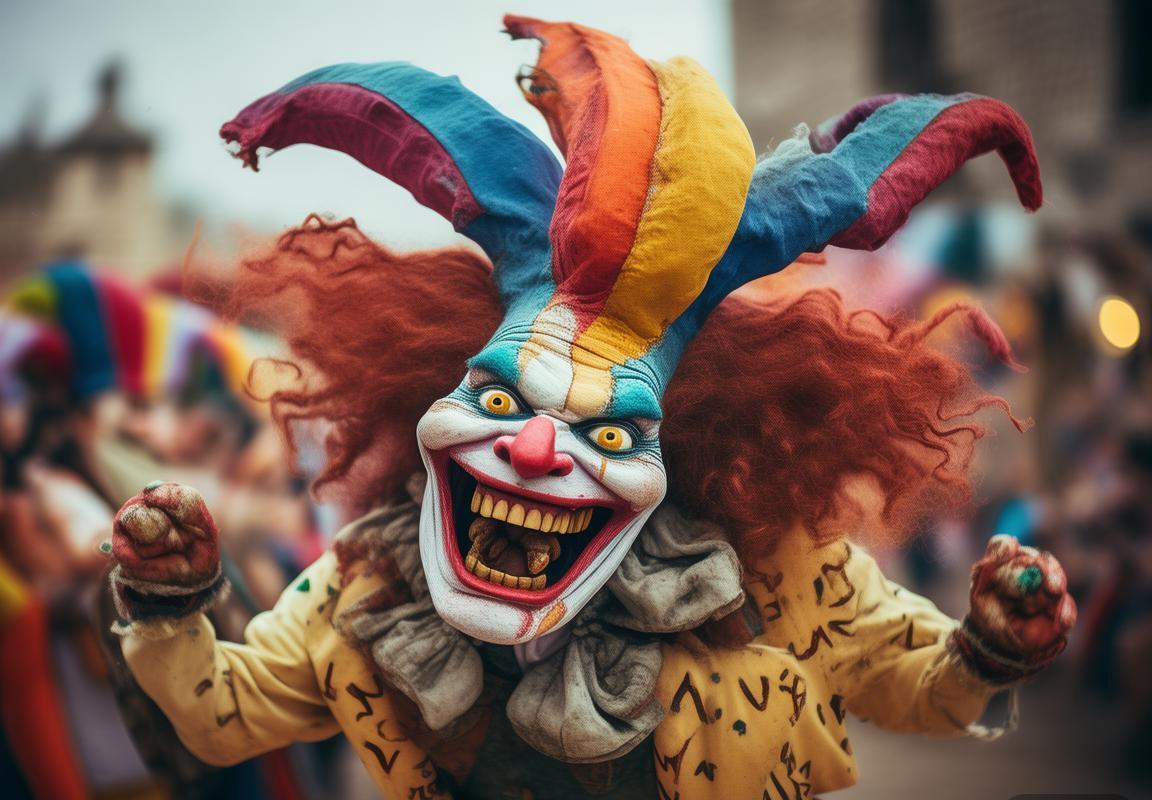
Key points:- The Wild Jester is the soul character in comedic performances.- They replicate social problems thru their comedy and riot.- The Wild Jester will become a symbolic position in special cultures.
common Questions and answers:Q: Is the Wild Jester limited to level performances?A: no longer entirely so; the photograph of the Wild Jester also appears in movies, tv, and animations.
Wild Clown Art: Forms and Characteristics
artistic Expressions:- function-gambling at the theatrical stage- Comical interactions in road performances- caricature animation and comedian introduction- computer graphics performances at movie fairs
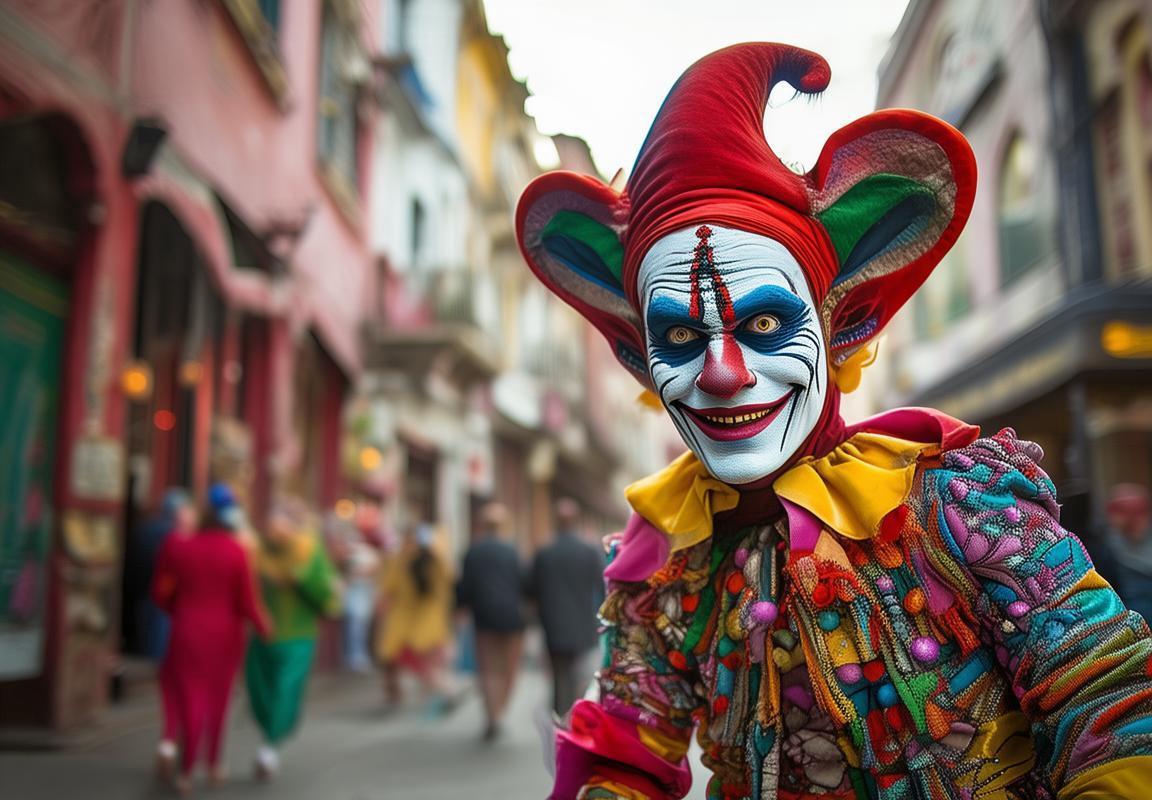
characteristics:- mentioned facial make-up, exaggerated expressions- Brightly coloured costumes with strong contrasts- Jovial movements with comedic results- Emotional shifts, starting from joy to sorrow- As quoted by means of a critic: “The wild clown isn’t always handiest the embodiment of comedy however also a metaphor for social conflicts.”- Key points:- The comedy of the wild clown originates from its unconventional behavior and language- The clown character often serves as a image of breaking conventions and subverting traditions- The overall performance strategies are numerous, integrating numerous artistic bureaucracy
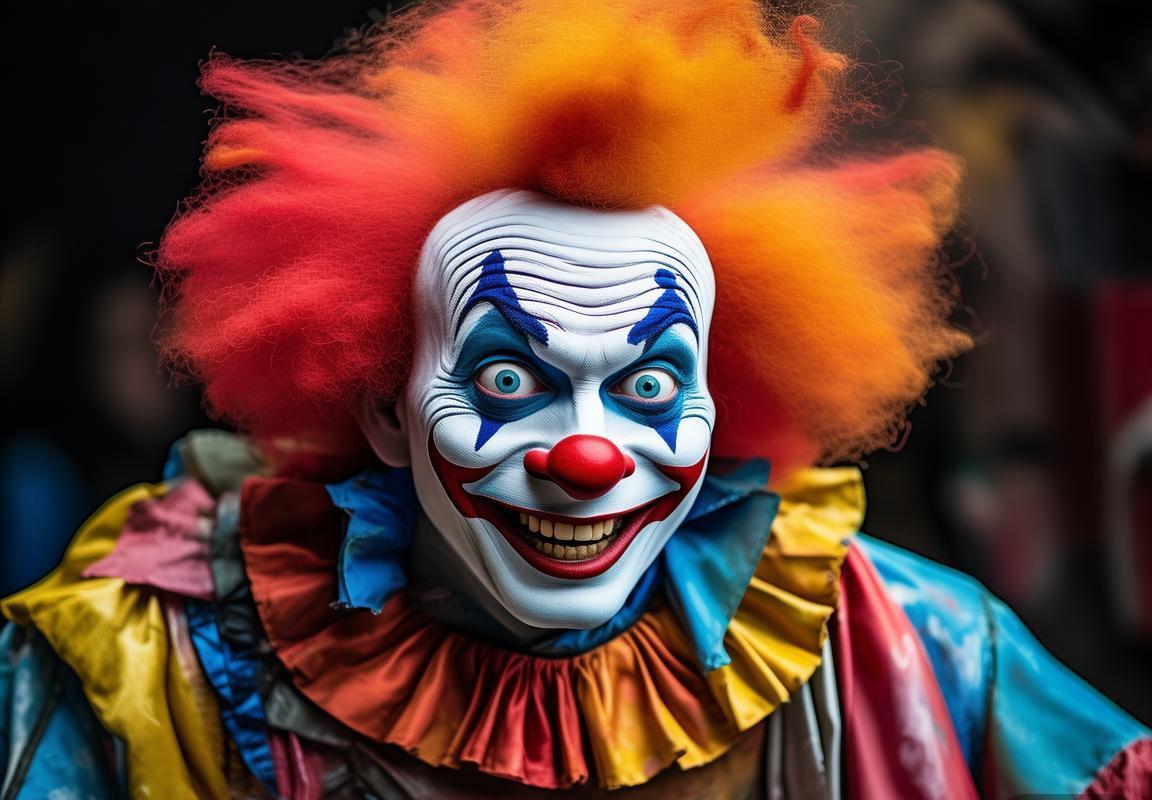
commonplace Questions and solutions:- Q: what is the distinction between a wild clown and a everyday clown?- A: The wild clown emphasizes emotional expression and more, whilst the everyday clown specializes in slapstick actions and visible outcomes.
Citation Analysis: Renowned critic’s commentary on the Wild Clown
- “The wild clown, like a leaping soul on the level, brings now not best laughter however also demanding situations the norm in a unique manner.” — art critic Li Hua
- “Their presence disrupts the balance of drama and reverses the target audience’s expectancies.” — Dramatist Zhang Qiang
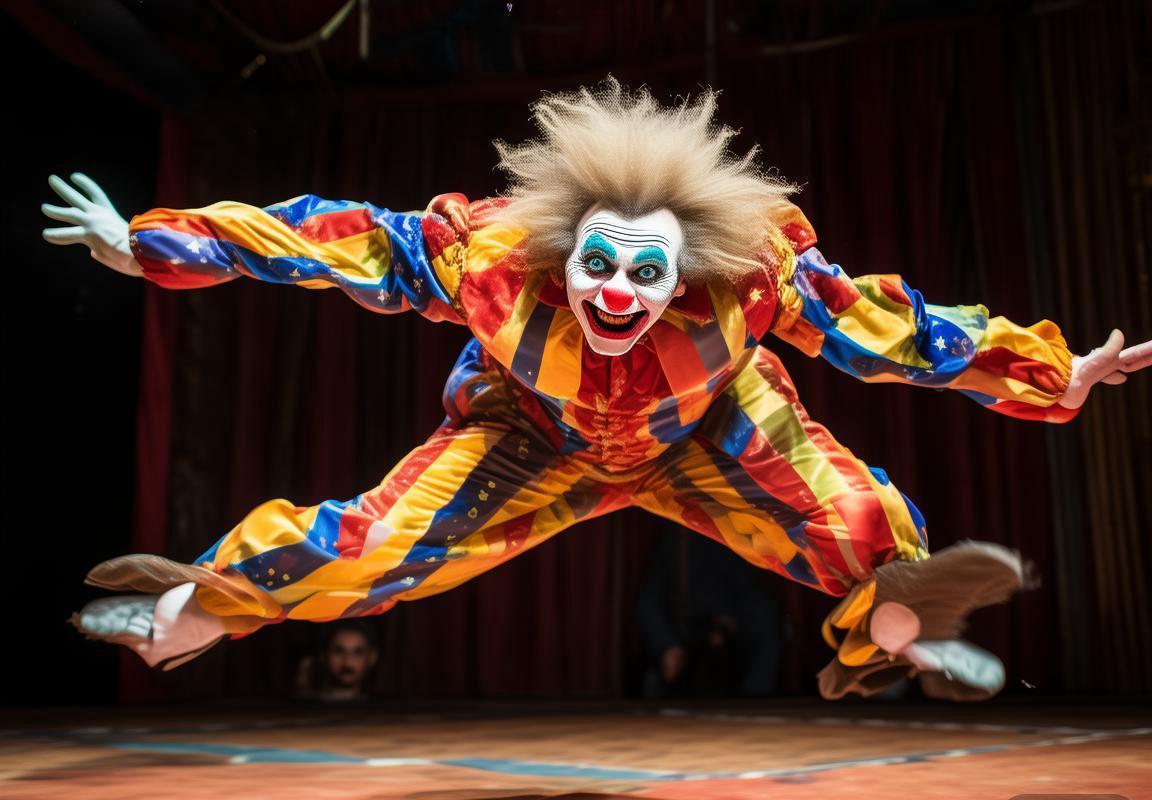
Key factors:- The wild clown breaks the traditional layout of the level with exaggerated moves and vibrant colors.- via improvisational performances, they exhibit the twin nature in their characters, both comical and tragically coloured.- Wild clowns regularly seem as anti-heroes or marginal characters, reflecting the complexity of society and the contradictions of human nature.
not unusual Questions and solutions:Q: what’s the role of the wild clown in drama?A: The wild clown plays a multifaceted function in drama, serving as each the supply of comedy and a catalyst for plot development. Their presence gives the target audience a perspective for mirrored image and examination of social phenomena.
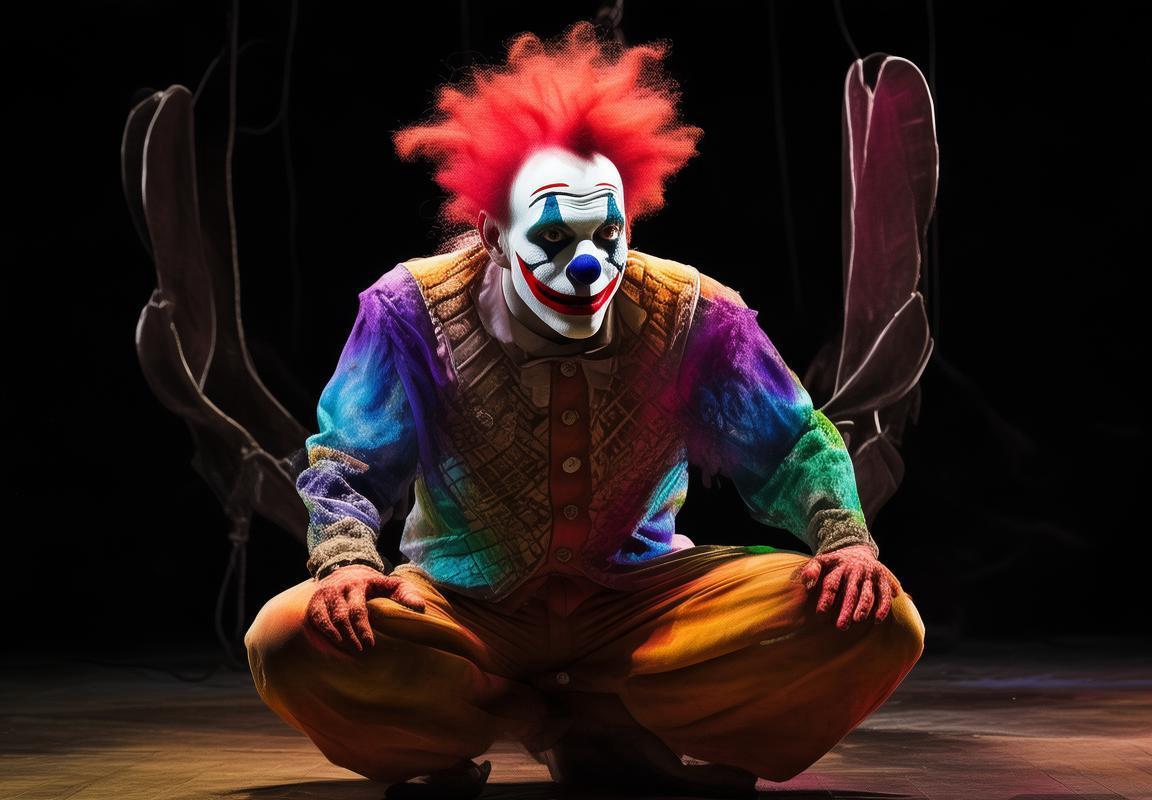
List: Representative Characters and Stories of the Wild Clown in Different Cultures
- list: Wild Clown Representations in global tradition
- ecu center a long time: King of Fools
- Indian Theatre: Kathakali’s Clown Characters
- chinese language Opera: The Chou function
- Latin the united states: Clown Drummers in Mariachi Bands
- Western and American Vaudeville: Clown Patrick
- jap Kabuki: Clown Roles “” and “”
- desk: traits assessment of untamed Clown Roles| characteristics | ecu center a long time King of Fools | Indian Kathakali Clown || ————— | ———————————– | ——————— || performance style | fashionable, satirical | Dance-like, exaggerated || Symbolic meaning | rise up, social grievance | religion, ethical training || Social reputation | Social outcasts | Ritualistic function |
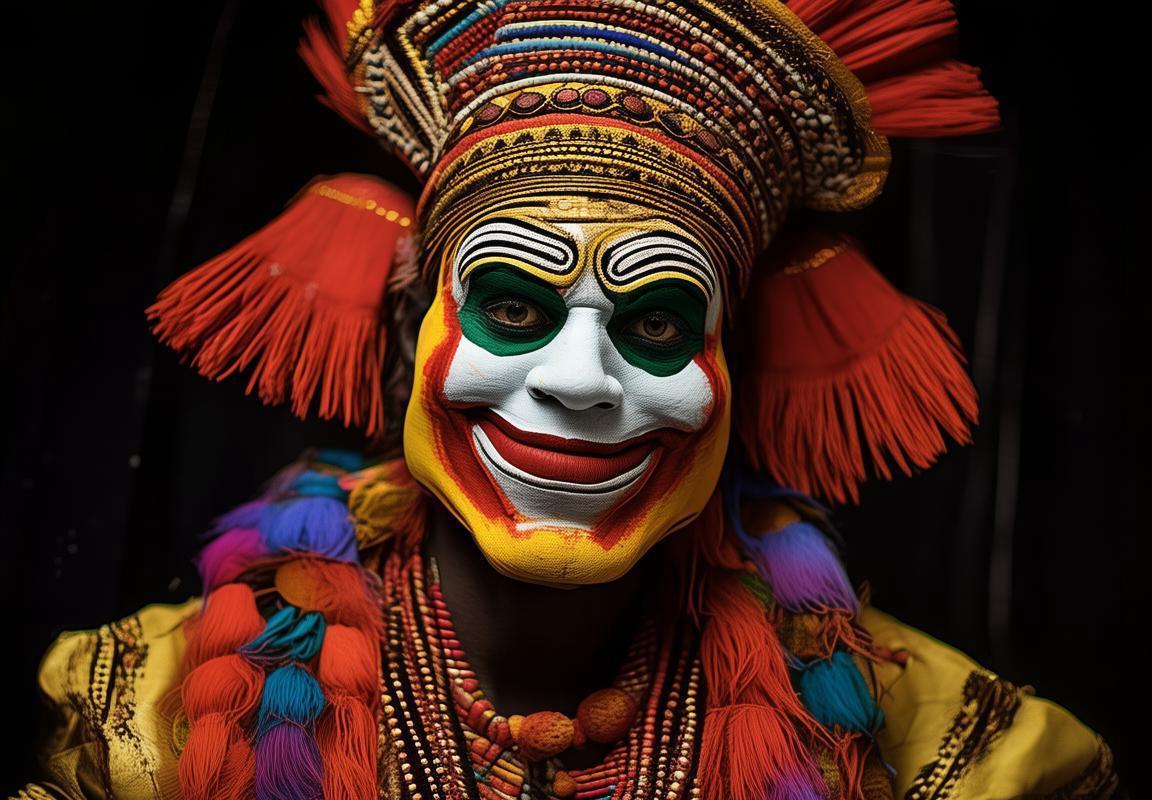
Table: Comparison Analysis of Wild Clown Characters and Mainstream Comedic Roles
| feature | Wild Clown | Mainstream Comedic role |
|---|---|---|
| overall performance style | extraordinarily exaggerated, complete of drama | reasonably exaggerated, funny and a laugh |
| function function | often subverts way of life, demanding situations authority | specifically to entertain the target market, conveying fantastic messages |
| function interaction | strong interaction with the audience, emotional engagement | less interaction with the audience, extra centered on individual performance |
| Storyline | often will become a turning factor inside the story | usually acts as a helping person, driving the plot ahead |
| Cultural image | Represents subversion, humor, and freedom | Represents pleasure, relaxation, and harmony |
| Social importance | reveals social problems, prompting mirrored image | Conveys an positive mind-set, alleviating stress |
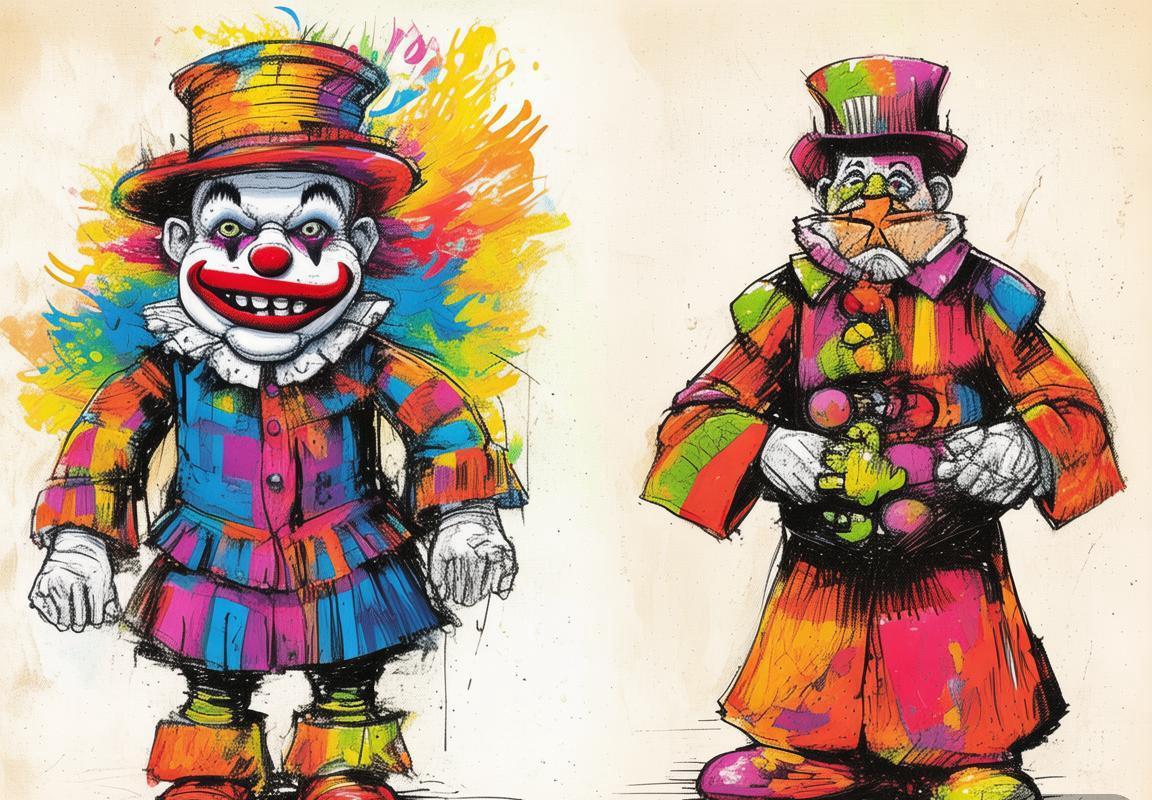
Common FAQs: Myths and Facts About Wild Clownfish
| false impression | truth |
|---|---|
| Wild clowns are best observed in circuses | The image of the wild clown transcends diverse varieties of enjoyment, inclusive of theater, film, and animation. |
| Their roles are continually comical and funny | Wild clowns serve no longer most effective as comedic elements however can also painting tragic or mysterious characters, showing rich layers of performance. |
| Wild clowns lack depth | The complexity and intensity of untamed clowns are illustrated in many literary and creative works, with their characters regularly conserving symbolic meanings. |
| Wild clowns are handiest for children | The humor and overall performance abilities of wild clowns also attract grownup audiences, with their roles spanning age corporations. |
| the roles of untamed clowns are fixed | the jobs of untamed clowns may be adjusted in keeping with the overall performance surroundings and script, demonstrating high-quality flexibility. |
| Wild clowns haven’t any cultural significance | As a cultural symbol, wild clowns carry the humor and aesthetic standards of different cultures, conserving positive cultural value. |
Images















